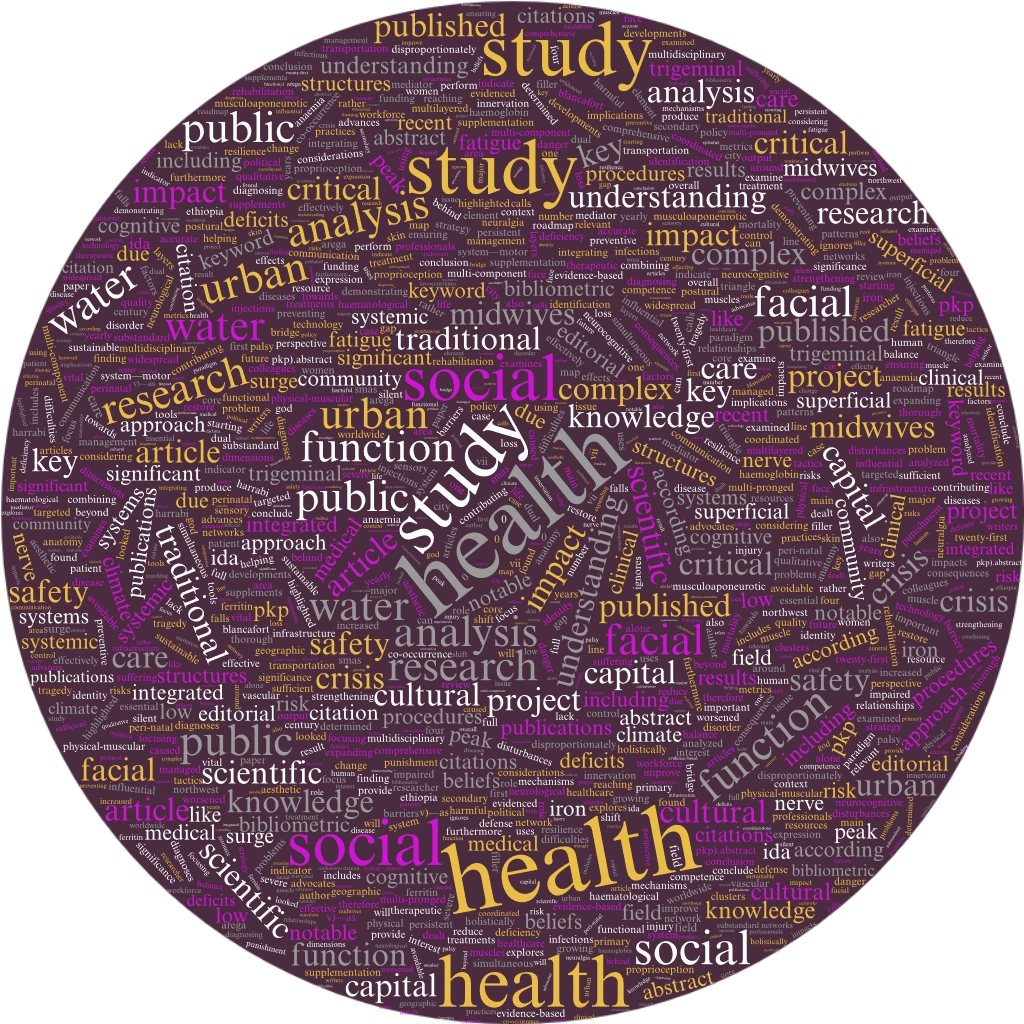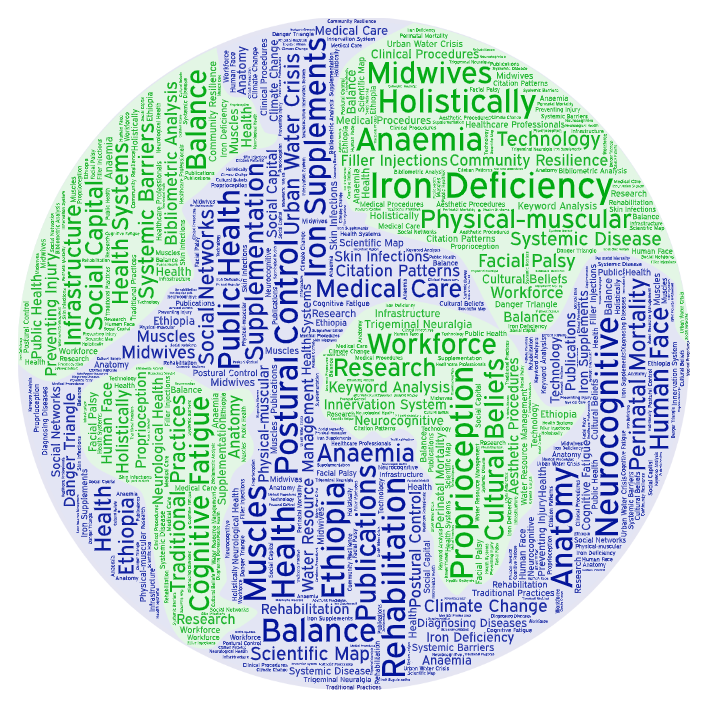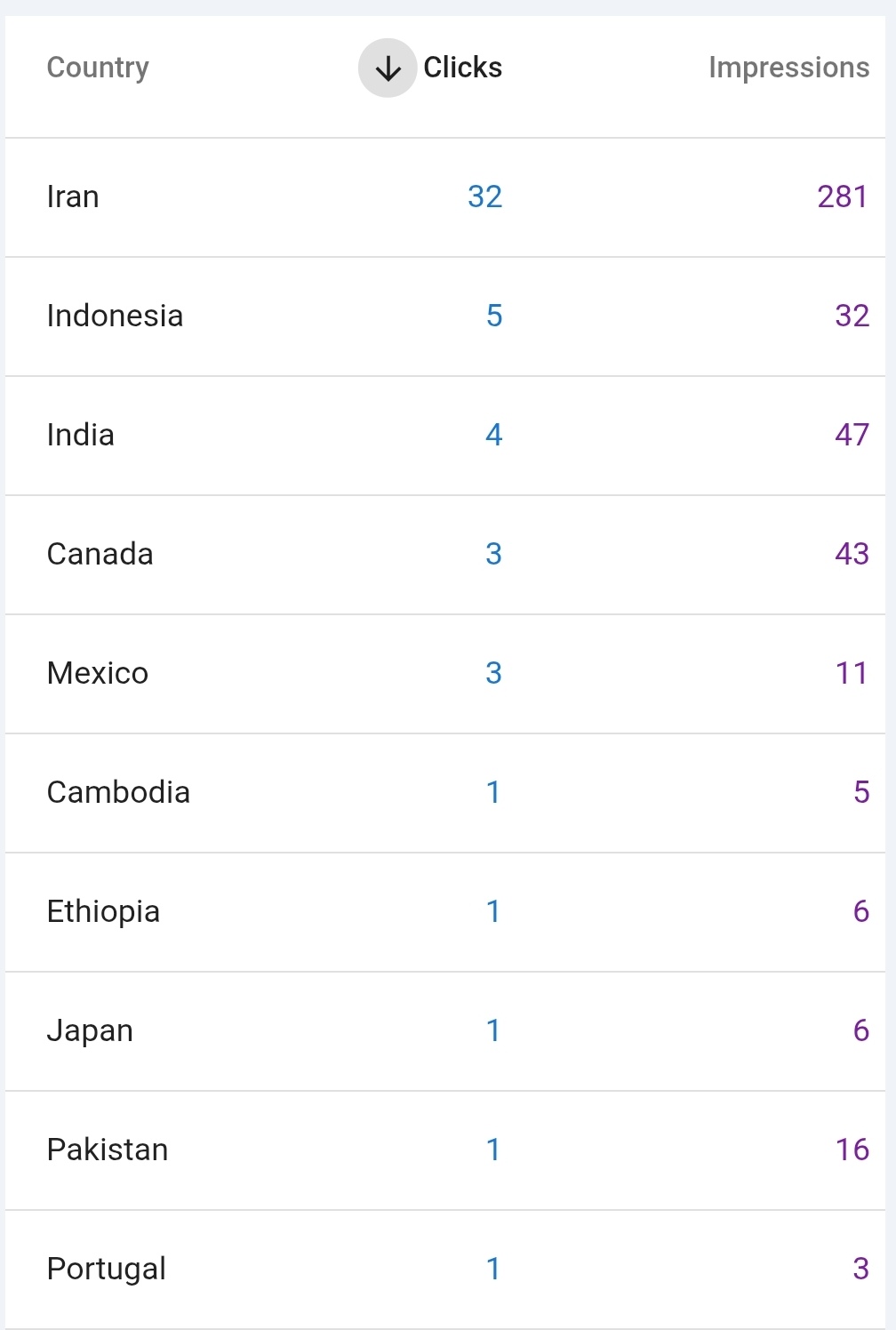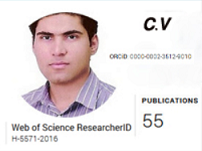Why Faith is more important than knowledge in preventing teenage anemia
The Power of Belief in Preventing Adolescent Anemia
DOI:
https://doi.org/10.1000/rbh4bm71คำสำคัญ:
perinatal loss, fetal loss, grief, perceived causes, contributory conditions, social norms, cultural belief.บทคัดย่อ
Teenage anaemia remains a serious public health problem with far-reaching consequences such as stunting and low birth weight of offspring, as well as cognitive impairment and reduced academic performance. A comprehensive understanding of the behavioural factors that influence the behaviour of teenage girls is essential to address this issue. In order to uncover the complex pathways influencing anaemia prevention behaviour, this editorial highlights the value of incorporating the Health Belief Model (HBM), a recognised theoretical framework that explains how individual beliefs and perceptions influence health behaviours, into a path-oriented approach. By looking at concepts such as perceived vulnerability, importance, benefits and barriers, as well as action cues and self-efficiencies, this approach provides important information for designing targeted and well-informed interventions. By emphasising the psychological aspects of healthy behaviour, the HBM provides a strong basis to enable young people to adopt and maintain behaviours that reduce the risk of anaemia, ultimately leading to improved personal and social health
ดาวน์โหลด
การอ้างอิง
Akseer, N., Al-Gashm, S., Mehta, S., Mokdad, A., & Bhutta, Z. A. (2017). Global and regional trends in the nutritional status of young people: A critical and neglected age group. Annals of the New York Academy of Sciences, 1393(1), 3–20. https://doi.org/10.1111/nyas.13336
Awuah, R. B., et al. (2021). Perceptions and beliefs about anaemia: A qualitative study in three agroecological regions of Ghana. Maternal & Child Nutrition, 17(4), 1–12. https://doi.org/10.1111/mcn.13181
Berek, P., & Nahak, M. (2025). Path analysis using the Health Belief Model to determine the determinant factors of female adolescents' anemia prevention behavior. Health Promotion Science, 1(1), 3–4.
Faraj, R. K. (2024). Using the Health Belief Model to understand anemia preventive behavior among secondary school female students. African Journal of Biomedical Research, 27(4s), 1351–1359.
Fentie, K., Wakayo, T., & Gizaw, G. (2020). Prevalence of anemia and associated factors among secondary school adolescent girls in Jimma Town, Oromia Regional State, Southwest Ethiopia. Anemia, 2020, 1–11. https://doi.org/10.1155/2020/5043646
Garg, R. K., et al. (2024). Cultural determinants in anemia prevention and management: Insights from women and caregivers. Indian Journal of Obstetrics and Gynecology Research, 11(3), 308–314. https://doi.org/10.18231/j.ijogr.2024.060
Hidayati, Musniati, N., Hidayat, A., & Nurmansyah, M. I. (2022). Using Health Belief Model for predicting COVID-19 prevention practices among university student and staff. International Journal of Public Health Science, 11(1), 20–27. https://doi.org/10.11591/ijphs.v11i1.21059
Janz, N. K., & Becker, M. H. (1984). The Health Belief Model: A decade later. Health Education Quarterly, 11(1), 1–47.
Kleppang, A. L., Steigen, A. M., & Finbråten, H. S. (2023). Explaining variance in self-efficacy among adolescents: The association between mastery experiences, social support, and self-efficacy. BMC Public Health, 23(1), 1–10. https://doi.org/10.1186/s12889-023-16603-w
Lutfiasari, D., Martini, S., & Widati, S. (2023). The effectiveness of peer group on adolescent anemia prevention behavior: A systematic review. Journal of Public Health in Africa, 14(S2), 70–74. https://doi.org/10.4081/jphia.2023.2542
Munira, L., & Viwattanakulvanid, P. (2021). Influencing factors and knowledge gaps on anemia prevention among female students in Indonesia. International Journal of Evaluation and Research in Education, 10(1), 215–221. https://doi.org/10.11591/ijere.v10i1.20749
Muturi, N. W., et al. (2016). An examination of factors associated with self-efficacy for food choice and healthy eating among low-income adolescents in three U.S. states. Frontiers in Communication, 1, 1–6. https://doi.org/10.3389/fcomm.2016.00006
Puspitasari, H. Z. G., Armini, N. K. A., Pradanie, R., & Triharini, M. (2022). Anemia prevention behavior in female adolescents and related factors based on Theory of Planned Behavior: A cross-sectional study. Jurnal Ners, 17(1), 25–30. https://doi.org/10.20473/jn.v17i1.27744
Rosenstock, I. M. (1974). The Health Belief Model and preventive health behavior. Health Education Monographs, 2(4), 354–386. https://doi.org/10.1177/109019817400200405
Sari, P., Herawati, D. M. D., Dhamayanti, M., & Hilmanto, D. (2022). Anemia among adolescent girls in West Java, Indonesia: Related factors and consequences on the quality of life. Nutrients, 14(18), 1–13. https://doi.org/10.3390/nu14183777
Subedi, S., Filho, W. L., & Adedeji, A. (2023). An assessment of the health belief model (HBM) properties as predictors of COVID-19 preventive behaviour. Journal of Public Health. Advance online publication. https://doi.org/10.1007/s10389-023-02109-7
World Health Organization. (2011). Prevention of iron deficiency anaemia in adolescents (Role of Weekly Iron and Folic Acid Supplementation).
World Health Organization. (2014). Orientation programme on adolescent health for health-care providers.
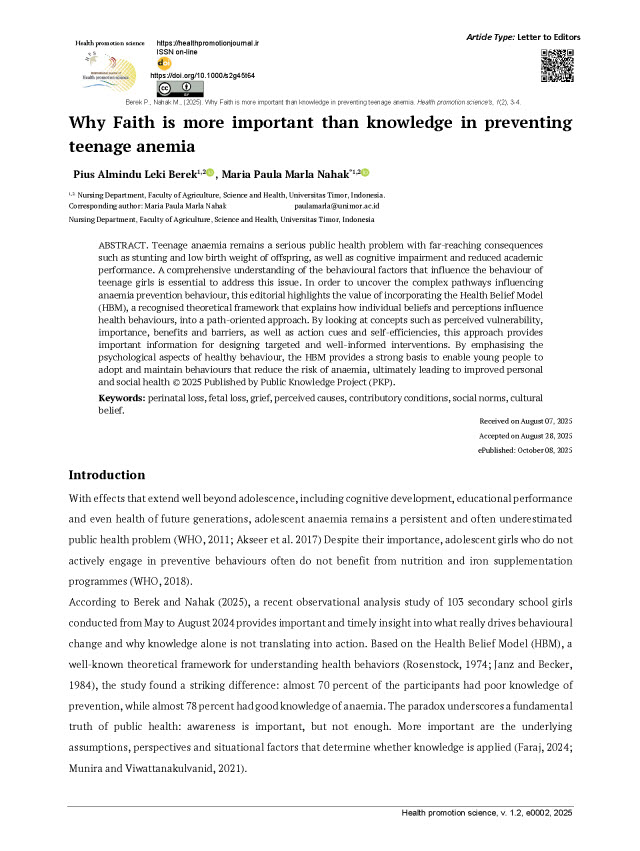
การดาวน์โหลด
ตีพิมพ์แล้ว
ฉบับ
ส่วน
หมวดหมู่
ใบอนุญาต
ลิขสิทธิ์ (c) 2025 Creative Commons Attribution-NonCommercial 4.0 International License

ผลงานนี้ได้รับอนุญาตภายใต้ Creative Commons Attribution-NonCommercial-NoDerivatives 4.0 International License.
This open-access journal is published under the terms of the Creative Commons Attribution-NonCommercial 4.0 International License which permits Share (copy and redistribute the material in any medium or format) and Adapt (remix, transform, and build upon the material) under the Attribution-NonCommercial term








